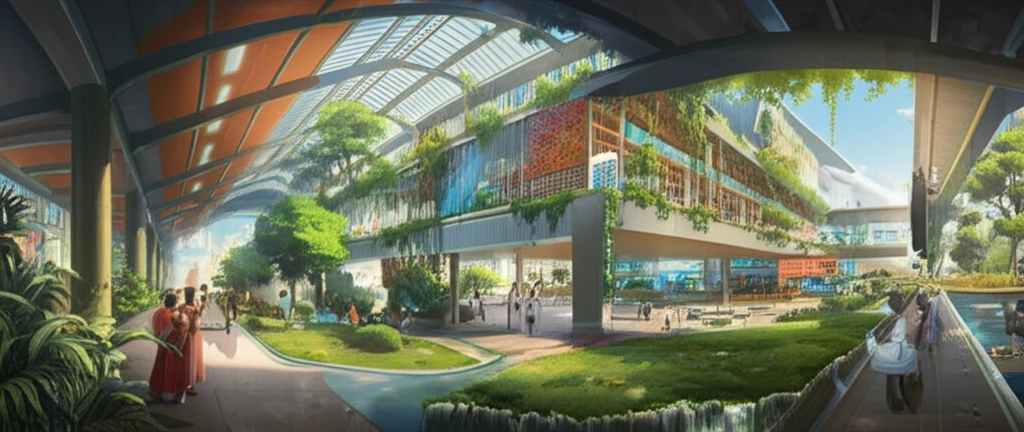
Breathing New Life into History: How Adaptive Reuse Transforms Historic Buildings
"Discover the power of interdisciplinary diagnostics in revitalizing historic buildings, blending preservation with modern needs for sustainable urban development."
Historic buildings stand as silent storytellers, their walls echoing with tales of bygone eras. Yet, as time marches on, these architectural treasures often face neglect, decay, or even demolition. However, a powerful movement is gaining momentum – adaptive reuse. This approach breathes new life into historic structures by transforming them to meet modern needs, all while carefully preserving their unique character and cultural significance.
Adaptive reuse is more than just renovation; it's a holistic process that considers not only the physical structure but also the social, economic, and environmental context in which it exists. It's about finding innovative ways to make these buildings relevant and valuable to contemporary communities, ensuring their survival for generations to come.
This article delves into the fascinating world of adaptive reuse, exploring how interdisciplinary diagnostics plays a crucial role in unlocking the potential of historic buildings. We'll uncover the challenges and opportunities involved in this process, and highlight how a thoughtful, integrated approach can create vibrant, sustainable spaces that honor the past while embracing the future.
What is Adaptive Reuse and Why Does It Matter?

Adaptive reuse is the process of repurposing a building for a use other than which it was originally designed. This can range from converting an old factory into loft apartments to transforming a historic train station into a bustling shopping center. The key is to find a new function that respects the building's original character and contributes to the surrounding community.
- Environmental sustainability: Reusing existing buildings reduces the need for new construction, which consumes vast amounts of resources and generates significant waste. Adaptive reuse minimizes the environmental footprint of development by utilizing existing materials and infrastructure.
- Economic benefits: Adaptive reuse projects can be more cost-effective than new construction, especially when considering the embodied energy and resources already invested in the existing building. They can also attract investment and create new economic opportunities in underserved areas.
- Community revitalization: By breathing new life into neglected or underutilized buildings, adaptive reuse can revitalize communities, create vibrant public spaces, and foster a sense of place.
- Cultural preservation: Adaptive reuse protects and celebrates our cultural heritage by preserving historic buildings for future generations. It allows us to connect with the past and learn from the architectural and social history embodied in these structures.
A Future Built on the Past
Adaptive reuse offers a powerful pathway to sustainable urban development, cultural preservation, and community revitalization. By embracing interdisciplinary diagnostics and innovative design solutions, we can unlock the hidden potential of historic buildings, creating vibrant, functional spaces that honor the past while embracing the future. As we move forward, let's prioritize the reuse and reimagining of our existing building stock, ensuring a future where history and innovation coexist in harmony.
